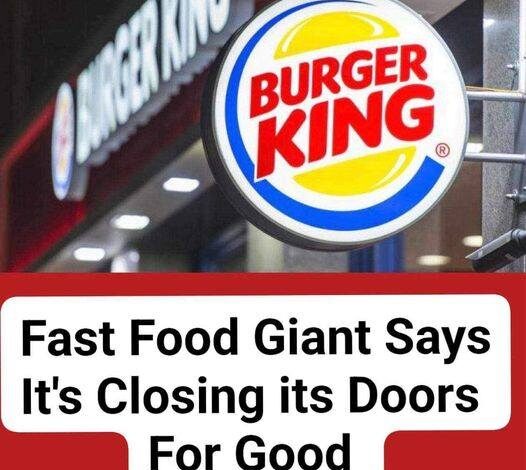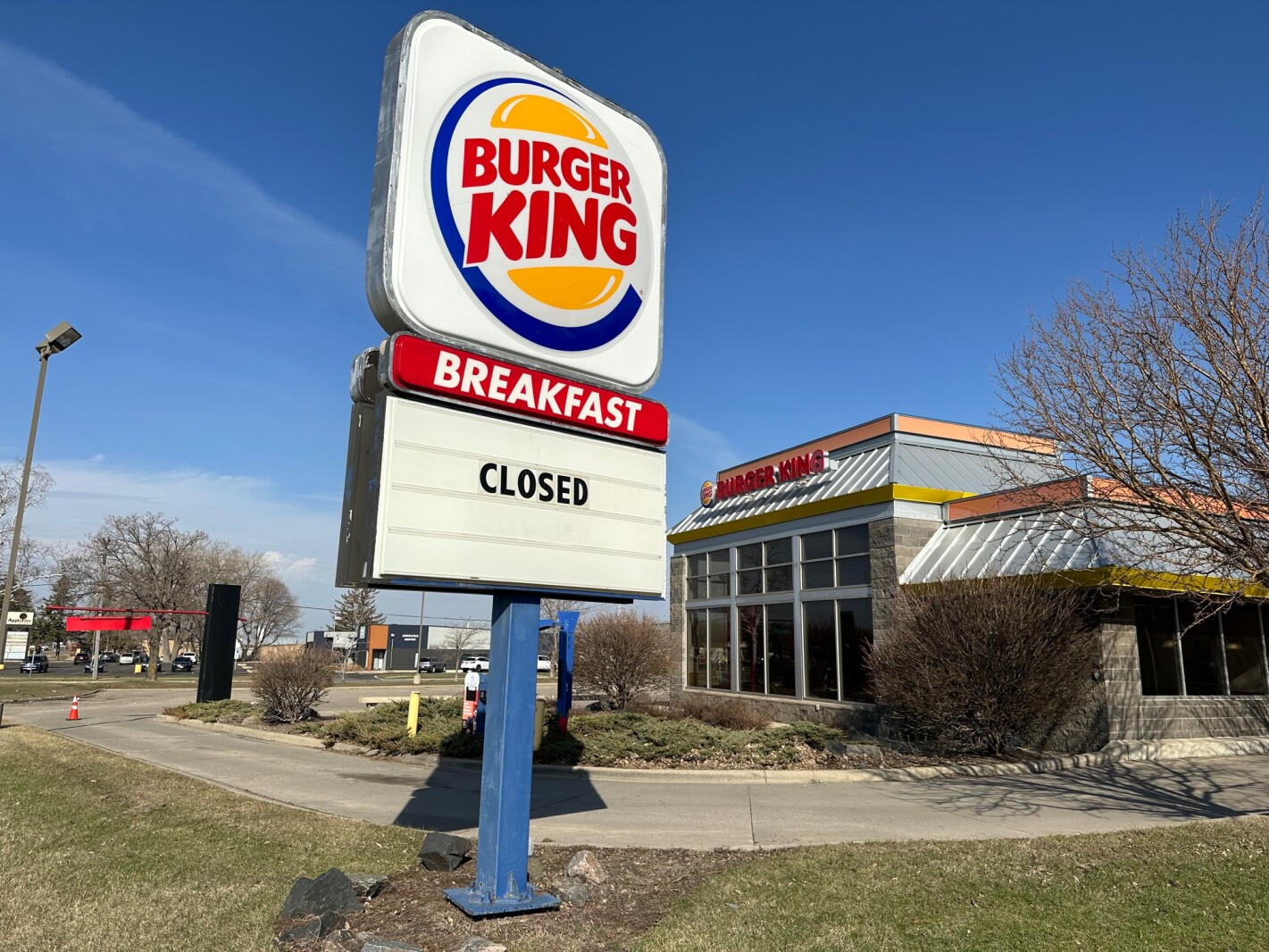What Happens When Burger King Closes Restaurants?

Burger King’s decision to close about 400 US outlets is a key part of its strategy for operational restructuring and rebranding. This reflects Burger King’s commitment to operational excellence and supporting franchisees to exceed performance benchmarks.

CEO Joshua Kobza emphasizes Burger King’s dedication to refreshing its identity and staying competitive in the fast-food industry. The closures are part of a broader strategy involving innovative advertising, streamlined menus, and extensive renovations.
.jpg.aspx?lang=en-GB)
Despite challenges like digital infrastructure limitations and menu experimentation issues, Burger King’s efforts are showing promise. In the first quarter of 2023, comparable sales increased by 8.7%, indicating progress in menu refinement and targeted closures.
These closures signify a significant shift for Burger King, positioning it as an industry leader ready to adapt and redefine its role. The company’s commitment to enhancing the customer experience remains paramount.
In a market dominated by competitors like McDonald’s and Wendy’s, Burger King’s strategic moves are crucial. By focusing on identity realignment, menu optimization, and immersive dining experiences, Burger King aims to regain market share and set new industry standards.

The closures reflect Burger King’s dedication to brand redesign and improving the customer experience. As consumer preferences evolve, Burger King positions itself as an innovator prepared to drive growth in the fast-food sector.




